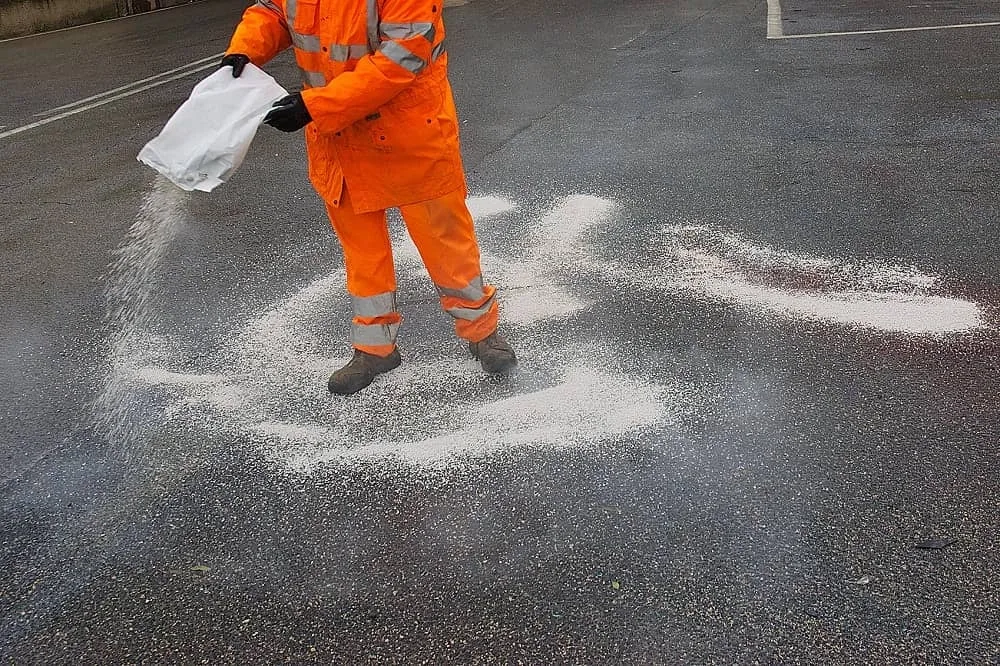- Details
Road salt - characteristics

Many people think that road salt is the same as the salt you use in the kitchen. Although 90-97% of it has the same composition, the road salt also consists of compounds that are poisonous to humans and should not be consumed under any circumstances. This salt is particularly popular in the winter, as it melts snow, which consequently helps combat slipperiness on roads and other surfaces.
The composition of the road salt and its storage and transportation
The composition of the road salt is mainly pure sodium chloride, which is a colorless solid with a crystal structure. To prevent salt from clumping, potassium ferrocyanide is added to it. In addition, composition of the road salt includes water and substances insoluble in it. To store the salt, a dry and clean place, such as a hall, should be designated. Similar conditions must be provided for the salt during transport, for which specially adapted containers and vehicles are used. In order to make sure that a particular road salt is of high quality it is necessary to make sure that it is dry, odorless and does not clump.
How to apply the road salt?
Use of the road salt is extremely simple - just sprinkle it on the area that is not supposed to be slippery. It is sprinkled on streets, driveways, park paths, sidewalks, tracks or railroad turnouts. The amount of the salt is very important, because too much road salt can cause bad consequences, such as destroying shoes, accelerating the corrosion of car chassis and bodies, or preventing plants from taking up water. However, it should be mentioned that using road salt in the right amount has many advantages. Its use should be considered especially when you want to quickly and effectively deal with an icy or snowy road.
See also: AMMONIA SODA VS CAUSTIC SODA - DIFFERENCES


